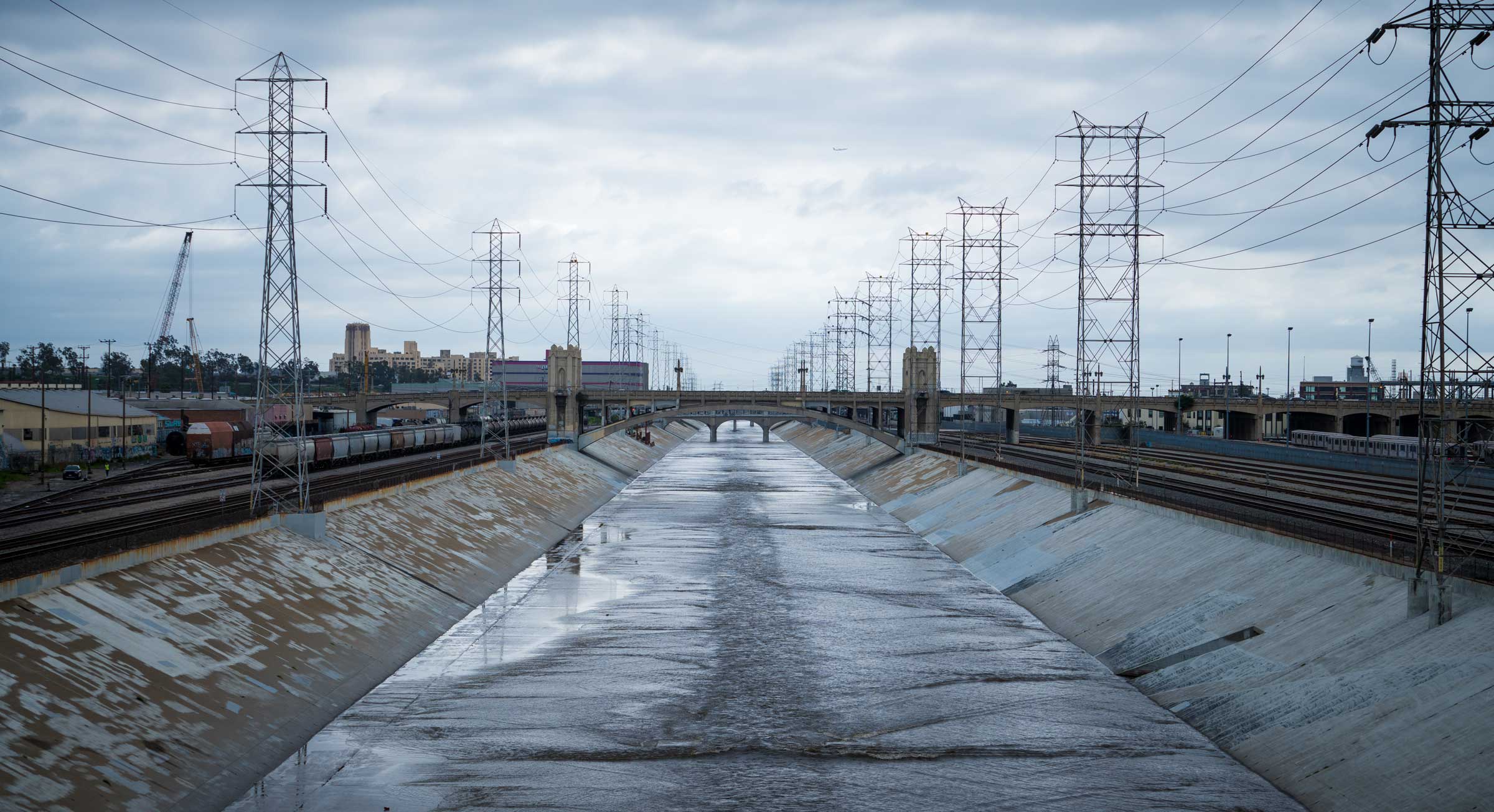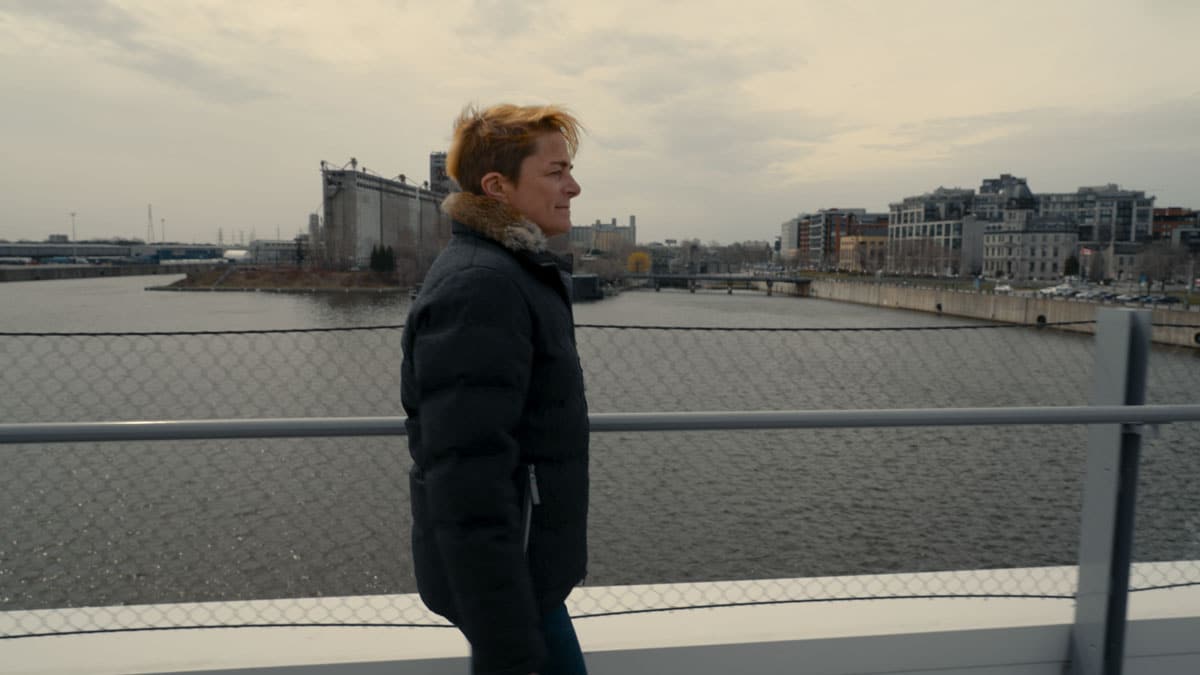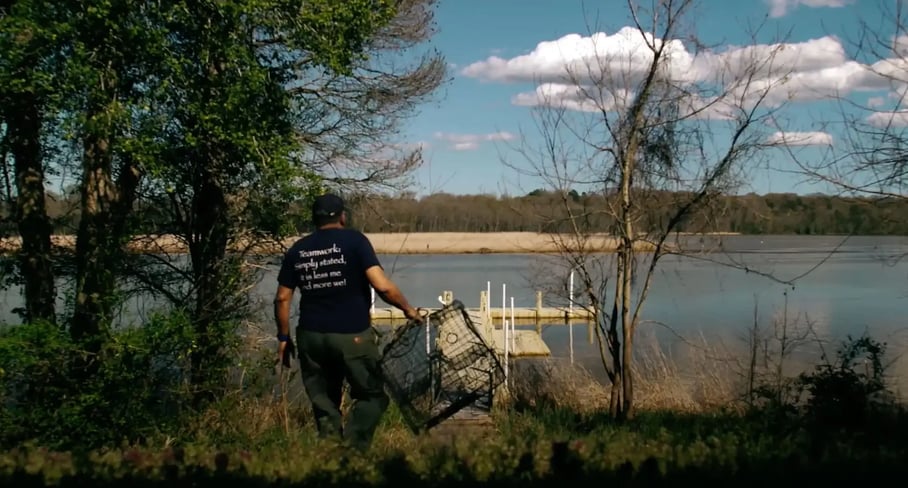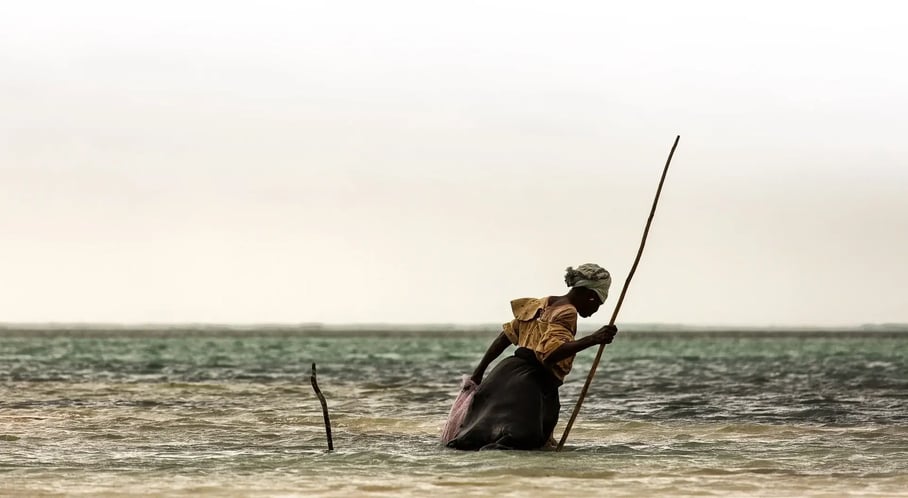Fred Tutman: The River Keeper
RIVERS ARE LIFE
In 2004, Fred Tutman burned his press credentials.
Working in telecommunications had been gnawing at him – he couldn’t stand reporting on human suffering but doing nothing to fix or change it. He began to feel like he was part of the problem.
“We amplified all the bad news. So, I decided to reinvest in my own community.”
That community is the Patuxent River, where Tutman’s family has lived since the 1700s. When he was a child, Tutman would ride tobacco wagons near the corner of Mill Branch Road and Queen Anne Bridge Road and drink from the gulley.
“[It was] some of the sweetest water I can remember as a boy,” he says. Now, that gulley is full of trash. “For me, this is kind of a microcosm of why I got involved in the riverkeeper movement. Because the more I started doing conservation in my home neighborhood, the more I began to realize the problems I was running into were bigger than my neighborhood.”
At 908-square-miles (2,352 km2), the Patuxent watershed is the largest and longest river system entirely within Maryland. To put it into perspective, that’s about three times as big as New York City. Its waters slither between Baltimore and Washington, D.C. until it empties into the Chesapeake Bay, the source of Maryland’s pride – blue crabs.
Despite being the first river in Maryland ordered for cleanup under the 1972 Clean Water Act, the Patuxent has consistently earned a failing grade on its annual eco report card.
“The river was a place we drafted water for crops, a place where we fished. A river was a place we enjoyed going and sitting because it was quiet and pretty and pleasant – it was free.”
“I like to imagine what this river might’ve looked like 200, 300, 400 years ago,” says Tutman. “Did it look much like this? I suspect it probably did. It probably did, except there were probably a lot more fish in it in those days. The water quality was much better.’
The most prevalent pollutants in the river are nitrogen, phosphorus, and sediment, according to the Patuxent River 20/20 report, co-authored by Jennifer Bevan-Dangel and Tutman. These nutrients feed algae blooms that choke out other life in the river. Then, when the blooms die, the decomposition process squanders oxygen, creating “dead zones” where life cannot grow.
“There’s a lot going on in these rivers in terms of what affects them that we will not get back,” says Tutman.
The biggest contributors to these pollutants? Human impact. Urban runoff, agriculture, point sources such as wastewater treatment plants, and septic systems contribute 84% of what’s found in the river. Only 1% comes from atmospheric deposition.
“These are fragile resources. In some respects, they’re resilient. But they’re fragile in the sense that if you keep putting bad something in them, they’ll return the favor,” says Tutman. “… Garbage in, garbage out. That works on rivers, too.”
However, it isn’t too late for the Patuxent to recover.
Tutman is like the Lorax of the Patuxent River – he diligently protects its waters by fighting to keep pollution out. As riverkeeper, he uses his background in law to advocate for making pollution unprofitable.
Tutman is the only African-American Waterkeeper in the nation.
“It’s basically taking enforcement into the private sector,” he says.
Over 16 years, Tutman has prevailed in eight lawsuits, winning nearly a half-billion dollars in judicial penalties, fines and reparations from polluters. One of those victories led to the closing of Brandywine coal-waste disposal site – the seventh-worst in the nation.
“That really excited me that you could take on superior odds, and if you were skillful and knowledgeable and maybe if you had legal knowledge and some just sheer gumption, just brass – that maybe you could change the fate of something,” says Tutman.
“Before Fred, we didn’t have anyone that we could turn to and find out what was going on in regard to the town’s waterfront,” says Maryland Mayor James Crudup. “Recently he was very instrumental in our receiving grants from the Department of Environmental Resources, including a $100,000 grant to help creek flooding and erosion.”
Fred is featured in our “Voices of Water” film. You can watch that HERE.
Share this
You May Also Like
These Related Stories

Los Angeles River: The Concrete River

Nathalie Lasselin: The River Diver



